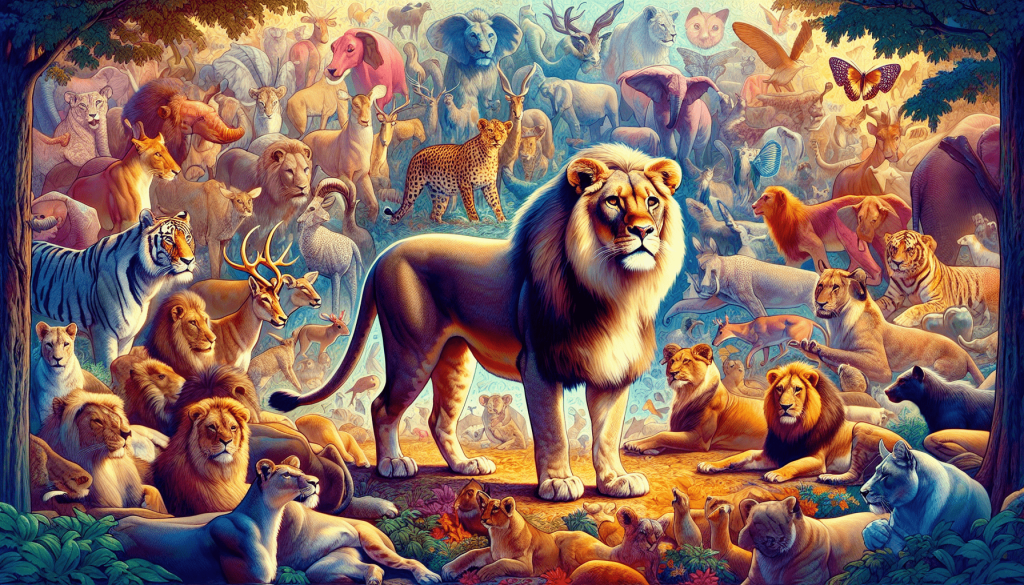So you’re curious about how lions interact with other species? Well, get ready for some fascinating discoveries, because we’ve compiled an array of intriguing information about these majestic creatures and their encounters with different animals. From cooperative hunting with hyenas to intimidating confrontations with elephants, the lion’s role in the animal kingdom is both captivating and complex. Join us as we explore the depths of lion behavior and unlock the secrets of their interactions with other species in this enlightening article.
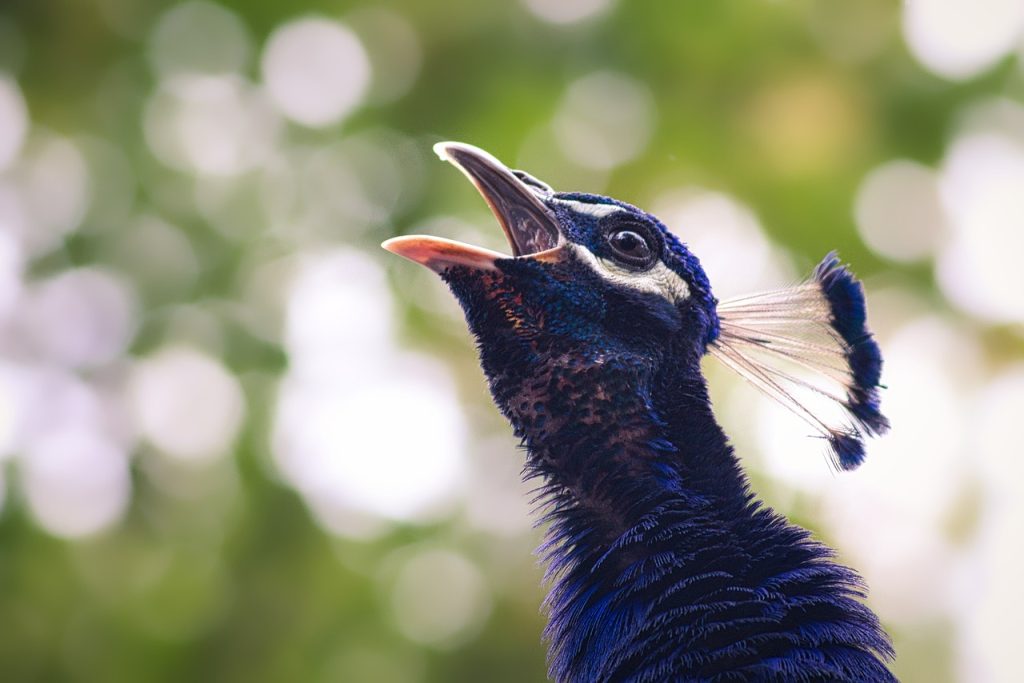
1. Lion Interaction with Herbivores
1.1. Lion Preying on Herbivores
Lions, as apex predators, primarily predate on herbivores for sustenance. Their diet consists mainly of large ungulates such as zebras, wildebeests, and gazelles. These agile and swift herbivores often fall prey to the strategic hunting techniques employed by lions. With their exceptional strength, speed, and sharp claws, lions are able to overpower their herbivorous targets, typically targeting weak, young, or injured individuals. Lions often lay in wait, camouflaged in the grasslands or hidden behind rocks, before pouncing on their unsuspecting prey.
1.2. Herbivores’ Defense Mechanisms
In response to the constant threat posed by lions, herbivores have developed various defense mechanisms to increase their chances of survival. Many herbivores, such as impalas and wildebeests, have evolved incredible speed and agility, enabling them to outrun their lion predators. Additionally, these herbivores often gather in large groups or herds, providing safety in numbers. By staying close together, they create confusion and make it difficult for lions to single out a target.
Some herbivores have also developed formidable horns, such as those seen in African buffalo, which they use to protect themselves and their young from lion attacks. These horns can cause significant damage and serve as a deterrent for potential lion predators. Other herbivores, like giraffes, have powerful kicks that can fend off lions.
1.3. Mutualistic Relationships with Herbivores
While the relationship between lions and herbivores is primarily that of predator and prey, certain instances of mutualistic behavior can be observed. For example, lions play a crucial role in controlling the population of herbivores, preventing overgrazing and maintaining a healthy ecosystem. By preying on weak or injured individuals, lions help ensure that only the fittest members of the herbivore population reproduce, improving the overall strength and genetic diversity of the herbivorous species.
Furthermore, scavenging is a behavior lions exhibit when their hunting efforts are unsuccessful or when they come across the remains of a kill made by another predator. This scavenging behavior benefits both lions and herbivores. Lions have access to a food source without spending energy on hunting, while herbivores benefit from the removal of carcasses, which reduces the risk of disease and prevents potential threats to their own safety.
2. Lion Interaction with Carnivores
2.1. Lion vs. Hyenas
One of the most well-known interactions between lions and other carnivores is their rivalry with hyenas. Both species compete for food and territory, often leading to intense conflicts. Hyenas, renowned for their powerful jaws and pack hunting abilities, can pose a serious threat to lions. However, lions, with their incredible strength and superior numbers in a pride, can dominate and displace hyenas from kills or defend their own kills from being stolen.
These encounters between lions and hyenas are characterized by aggressive displays, vocalizations, and physical confrontations. Lions often use their intimidating roars to assert dominance and discourage hyenas from approaching their territory. While the relationship between lions and hyenas can be contentious, it is a testament to the complex and dynamic interactions that occur within ecosystems.
2.2. Interactions with Other Big Cats
In areas where lions coexist with other big cats, such as leopards and cheetahs, interactions between these species can be rare but occasionally occur. Leopards and cheetahs are more solitary in nature and often avoid direct confrontation with lions. They tend to rely on their superior agility and tree-climbing abilities to escape potential conflicts.
While competition for resources and territory can arise between lions and other big cats, it is not uncommon for each species to have their own ecological niche. Lions dominate open grasslands and savannas, while leopards excel in forested areas and are adept tree climbers. Cheetahs, known for their incredible speed, have adaptations that allow them to chase down swift prey in more open habitats. These different hunting strategies help minimize direct competition and promote coexistence.
2.3. Lions and African Wild Dogs
African wild dogs, also known as painted dogs or Cape hunting dogs, are another carnivore that coexists with lions. Unlike lions, African wild dogs are highly social and live in tight-knit packs. Lions and African wild dogs have differing hunting strategies and dietary preferences, which helps reduce competition between the two species. Lions rely on strength and ambush techniques, while wild dogs utilize endurance and chase down their prey.
While lions may scavenge from wild dog kills on occasion, direct confrontations between these species are relatively rare. When encounters do occur, wild dogs often display submissive behavior towards lions, recognizing their superior size and strength. This dynamic allows both species to coexist in the same habitats, each fulfilling their ecological roles.
3. Lion Interaction with Birds
3.1. Birds as Lion Prey
Although not a significant source of food for lions, birds can occasionally fall victim to lion predation. Young or injured birds that are unable to fly or escape quickly can become vulnerable targets for lions. Lions may opportunistically hunt ground-nesting birds or take advantage of birds roosting in low vegetation. However, bird predation by lions is relatively rare and does not play a significant role in their diet.
3.2. Birds’ Role in Lion Behavior
Birds, particularly those that inhabit open grassland habitats, can serve as indicators for lions. The alarm calls and behavior of birds, such as guinea fowls or hornbills, often provide early warnings to lions about approaching human activity or intruding predators. By paying attention to the behavior of birds, lions can increase their chances of detecting potential threats or sources of prey.
Moreover, birds that scavenge on carcasses left behind by lions can indirectly influence lion behavior. The presence of vultures circling above can guide lions to a recent kill, which they can scavenge from or defend against other scavengers. The symbiotic relationship between birds and lions highlights the intricate web of interactions within ecosystems.
4. Lion Interaction with Reptiles
4.1. Lion and Crocodile Encounters
Lions, being primarily terrestrial mammals, typically do not interact directly with crocodiles. However, in certain regions where their habitats overlap, such as the Okavango Delta in Botswana, some unique interactions between lions and crocodiles have been observed. Lions may venture into water sources where crocodiles reside, either to quench their thirst or to hunt aquatic prey.
Crocodiles, known for their predatory nature and powerful jaws, pose a considerable threat to lions in aquatic environments. Lions need to exercise caution when approaching water bodies inhabited by crocodiles, as they risk becoming victims of ambush attacks. Nevertheless, lions have been observed successfully hunting and overpowering young or injured crocodiles when the opportunity arises.
4.2. Lions and Snakes
Lions generally avoid interactions with snakes due to their limited exposure to snake habitats and their lack of interest in snake prey. While some snakes in Africa, such as the African rock python, are capable of preying on small to medium-sized mammals, they typically pose no direct threat to lions. Snakes, with their elusive nature and formidable defensive mechanisms, would rather avoid confrontation with large mammalian predators like lions.
However, in rare instances, lions may encounter snakes. When faced with a snake, lions may display curiosity, cautious behavior, or even aggression. The outcome of such encounters largely depends on the size and potential threat posed by the snake. Nevertheless, interactions between lions and snakes are infrequent and do not significantly impact the ecology or behavior of either species.
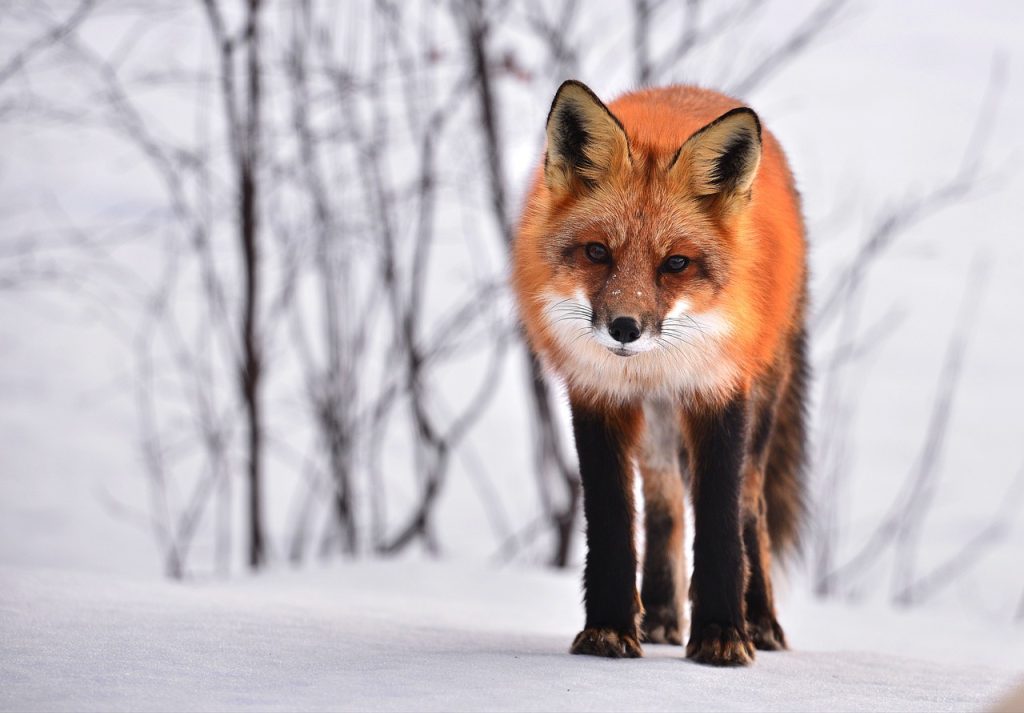
5. Lion Interaction with Insects
5.1. Lions and Termites
One of the unique interactions between lions and insects is the occasional consumption of termites. Termites, abundant in various African habitats, build extensive mounds that can serve as both food sources and territorial markers for lions. Lions are known to scrape, scent mark, or even lie on top of termite mounds to leave their scent and establish their presence in an area.
Although termites themselves are not a primary food source for lions, the interaction between lions and termites highlights the intricate relationships and interconnectedness of species within ecosystems. Lions inadvertently contribute to the maintenance of termite mounds by providing them with urine and fecal matter, which promotes nutrient cycling and ecosystem development.
5.2. Lion and Insect Prey
While insects are not a significant part of a lion’s diet, they may opportunistically consume them when other food sources are scarce. In times of drought or during periods of food scarcity, lions may resort to eating insects such as grasshoppers, beetles, or even ants. However, the consumption of insects by lions is relatively rare and does not serve as a primary source of sustenance.
6. Lion Interaction with Fish
6.1. Lions and Water Predators
Lions, known for their prowess and dominance on land, rarely interact directly with fish or other aquatic predators. However, in certain unique circumstances, lions may encounter fish in waters adjacent to their territories. These encounters usually arise when lions venture into water bodies to cool off or when they opportunistically hunt aquatic prey, such as fish or hippos.
While lions have been observed successfully catching fish in shallow water, these instances are relatively infrequent and do not significantly contribute to their overall diet. Lions lack specialized adaptations for aquatic hunting and are far less agile and efficient in water compared to true aquatic predators like crocodiles or hippos. Therefore, interactions between lions and fish are limited and play a minor role in lion ecology.
6.2. Lion and Fish Interactions
Given lions’ limited association with aquatic environments, their direct interactions with fish are minimal. Fish species, with their ability to swim and thrive underwater, do not typically attract the attention of lions. Lions’ hunting strategies and specialized adaptations are better suited for successful predation on land-dwelling animals.
However, it is worth noting that the presence of fish in water bodies adjacent to lion territories may indirectly influence lion behavior. These water sources attract herbivores that rely on them for drinking, making them crucial areas for lions to monitor and potentially ambush prey. Even though fish themselves are not directly involved in lion interactions, their presence can indirectly impact lion behavior and hunting opportunities.
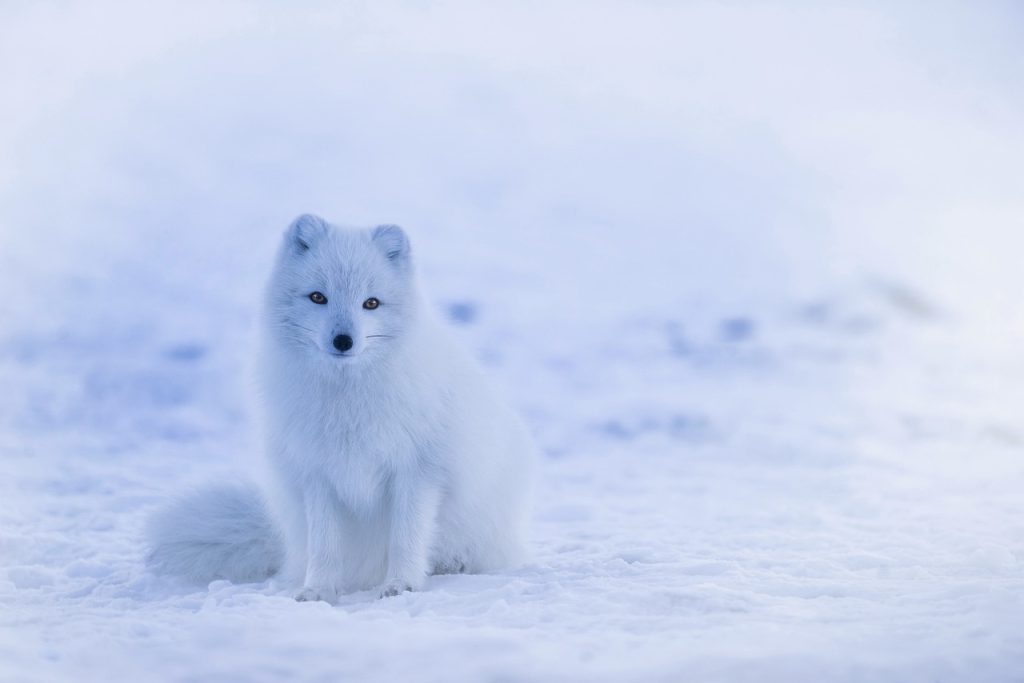
7. Lion Interaction with Primates
7.1. Lion and Baboon Dynamics
Lions and baboons occasionally cross paths in areas where their habitats overlap, such as some parts of East Africa. Baboons, known for their intelligence and complex social structures, possess formidable adaptations for self-defense. When confronted by lions, baboons may exhibit alarm calls, aggression, or flee to trees for safety.
Although baboons are agile climbers and can evade lions in the trees, lionesses have been observed targeting baboons both on the ground and in the trees. These interactions can escalate into dramatic confrontations, with baboons fiercely defending themselves or their young against lion attacks. However, baboons are not a significant part of a lion’s diet and interactions between these species are relatively rare.
7.2. Monkey and Lion Relationships
Lions and monkeys, despite inhabiting the same environments in certain regions, have limited interactions due to differing behaviors and ecological niches. Monkeys, with their arboreal lifestyles and agility in trees, are able to evade lions and other terrestrial predators.
Monkeys often use vocalizations, such as high-pitched alarm calls, to alert their troop members to the presence of lions or other potential threats. These calls not only warn other monkeys of danger but also serve as indicators to other nearby animals that lions are in the vicinity. These interactions contribute to the complex communication network within ecosystems and promote the survival of both lions and monkeys.
8. Lion Interaction with Domestic Animals
8.1. Lions and Livestock
Human settlements and agricultural activities have resulted in increased encounters between lions and domestic livestock. Lions, with their strong predatory instincts, view livestock such as cattle, goats, and sheep as potential prey. These interactions often lead to conflicts between lions and humans, as farmers seek to protect their valuable livestock from predation.
Livestock depredation by lions is a significant source of economic loss for many communities living in close proximity to wildlife habitats. Conservation organizations and local communities employ various strategies to mitigate conflict, including the use of deterrent methods, such as guard dogs, predator-proof enclosures, or the presence of herders to protect livestock from lion attacks. Finding sustainable solutions to minimize human-lion conflicts is crucial for both the protection of livelihoods and the conservation of lion populations.
8.2. Human-Lion Conflicts
While interactions between lions and humans can be detrimental to both parties involved, it is essential to understand the underlying causes of these conflicts. Human population growth, habitat loss, and the encroachment of human settlements onto traditional lion habitats have increased the likelihood of interactions between lions and humans.
Lions that come into close proximity with human settlements risk conflict due to predation on livestock or potential threats to human safety. In such cases, human-wildlife conflict mitigation strategies, involving local communities, conservation organizations, and government authorities, are implemented to prevent retaliatory killings of lions and protect both human and lion populations.
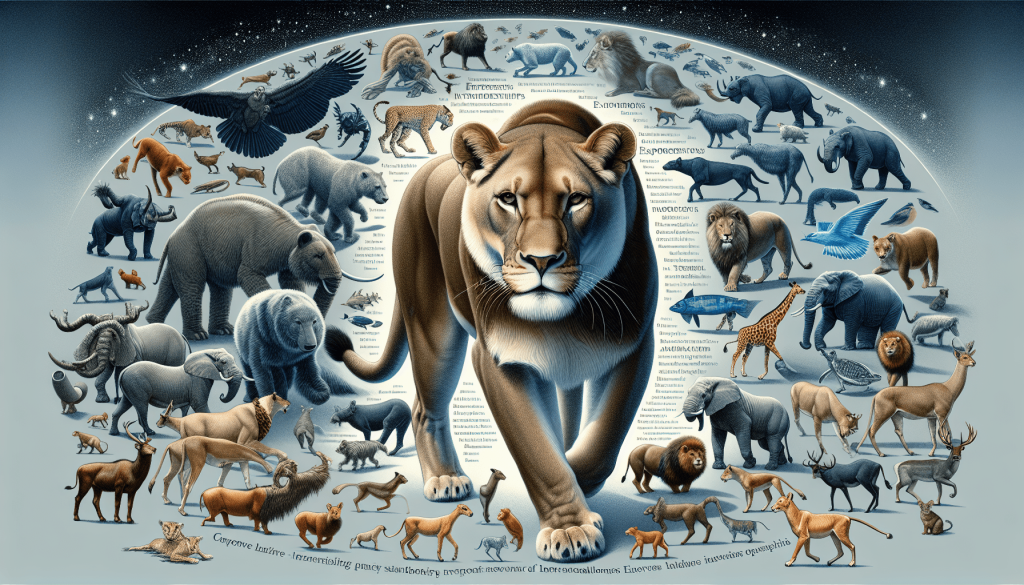
9. Lion Interaction with Marine Life
9.1. Lion and Seal Behavior
Lions, being terrestrial mammals, typically do not interact directly with marine life. However, in certain coastal regions where their territories border marine habitats, interactions between lions and seals have been occasionally observed. Lions may be attracted to coastal areas by the presence of seals, which serve as potential prey.
Seals, with their agility and adaptability in aquatic environments, have evolved to evade terrestrial predators like lions. They often seek safety in the water, where lions have limited hunting ability. Although lions may attempt to catch seals on land or when they are hauled out on shores, the success rate of such predation is relatively low due to the seals’ capability to escape to the water.
9.2. Lions and Marine Reptiles
Marine reptiles, such as sea turtles and marine iguanas, are not primary targets for lions and do not feature prominently in their interactions. These reptiles mainly inhabit marine environments and have specific adaptations for underwater survival. Their diving abilities and access to a vast range of habitats unavailable to lions reduce the likelihood of direct interactions between the two species.
Nevertheless, when marine reptiles come ashore to nest or bask in the sun, they may become vulnerable to terrestrial predators like lions. Lions could potentially seize such opportunities to prey on these reptiles, although encounters between lions and marine reptiles are rare and not of significant ecological impact.
10. Lion Interaction with Plants
10.1. Lions and Vegetation
While lions primarily interact with animal species, their presence can indirectly impact vegetation and plant communities. Lions play a role in shaping vegetation dynamics by influencing the population and behavior of herbivores. Their predation on herbivores helps regulate their numbers and prevent overgrazing, maintaining a balanced ecosystem and promoting plant diversity.
Furthermore, lions occasionally mark their territories by scent marking on prominent vegetation, such as trees or termite mounds. This behavior not only aids in territory defense but also contributes to nutrient cycling and ecosystem processes by providing organic matter to the surrounding vegetation.
10.2. Lions and Trees
Unlike animals such as leopards or monkeys, lions are not specialized climbers and do not have a significant impact on trees. Lions generally use trees for shade or temporary vantage points to observe their surroundings. However, they lack the agility and arboreal adaptations to effectively climb or traverse tree canopies.
Although lions have been observed resting or even mating in the shade of trees, their interactions with trees are minimal. Consequently, their presence does not lead to notable changes in tree ecology or behavior.
In conclusion, lions’ interactions with other species are diverse and varied. From their predation on herbivores to their occasional interactions with domestic livestock, each interaction contributes to the intricate web of relationships within ecosystems. Understanding these interactions is essential for the conservation and management of lion populations, as well as for promoting coexistence between lions and other species in their shared habitats.
